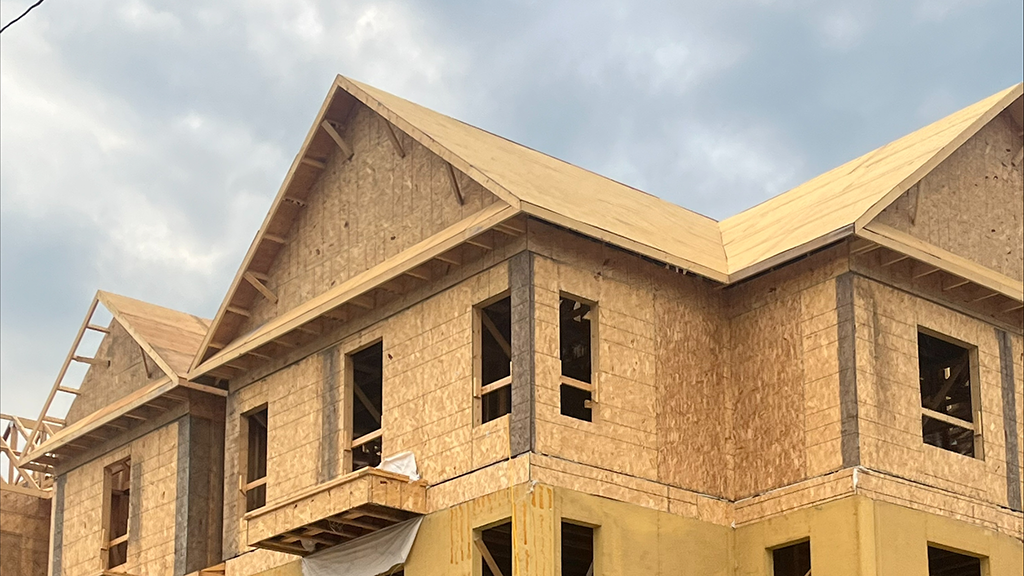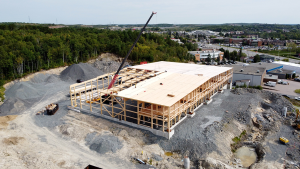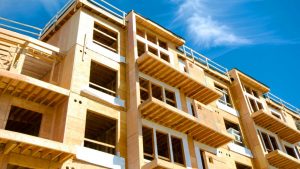VICTORIA — B.C.’s Ministry of Housing has announced the adoption of the British Columbia Building and Fire Codes (BC Codes 2024), which are set to enhance building safety and make new structures more sustainable, resilient and accessible.
These changes will take effect on March 8, 2024.
Key updates in the new building code mandate that all new buildings in the province must include features such as power-operated doors at all entrances and in universal washrooms, and elevators in larger two- and three-storey apartment buildings. Additionally, one living space in every new residential building is required to be designed not to exceed 26 C, potentially necessitating a cooling appliance.
The code also incorporates provisions for mass-timber construction, aligning with the National Building Code 2020, and introduces a provincewide requirement for a rough-in for radon extraction systems. These changes aim to address climate change impacts, a release reads.
In terms of accessibility, new requirements include designated wheelchair spaces in event facilities, more inclusive signage for wayfinding and safety, full-size change tables in universal washrooms and assisted-listening systems for individuals with hearing loss.
According to the release, the ministry has deferred the effective date for adaptable dwellings and earthquake-design changes to March 10, 2025, to allow a one-year transition period. Adaptable dwellings are designed to be easily modified to meet occupants’ changing needs, such as illness, injury or aging. These homes will feature accessible clearances, maneuvering space in key rooms, controls at accessible heights, and reinforced bathroom walls for potential grab bar installations.
New earthquake design methodologies for smaller buildings will also be introduced in response to increased earthquake risks and in harmony with new national standards.
The BC Building Code is meant to establish minimum requirements for the construction, alteration and demolition of buildings, focusing on safety, health, accessibility, fire and structural protection, and energy and water efficiency. The updates are part of a broader effort to support cost-effective and efficient construction of new homes in the province.











Recent Comments
comments for this post are closed